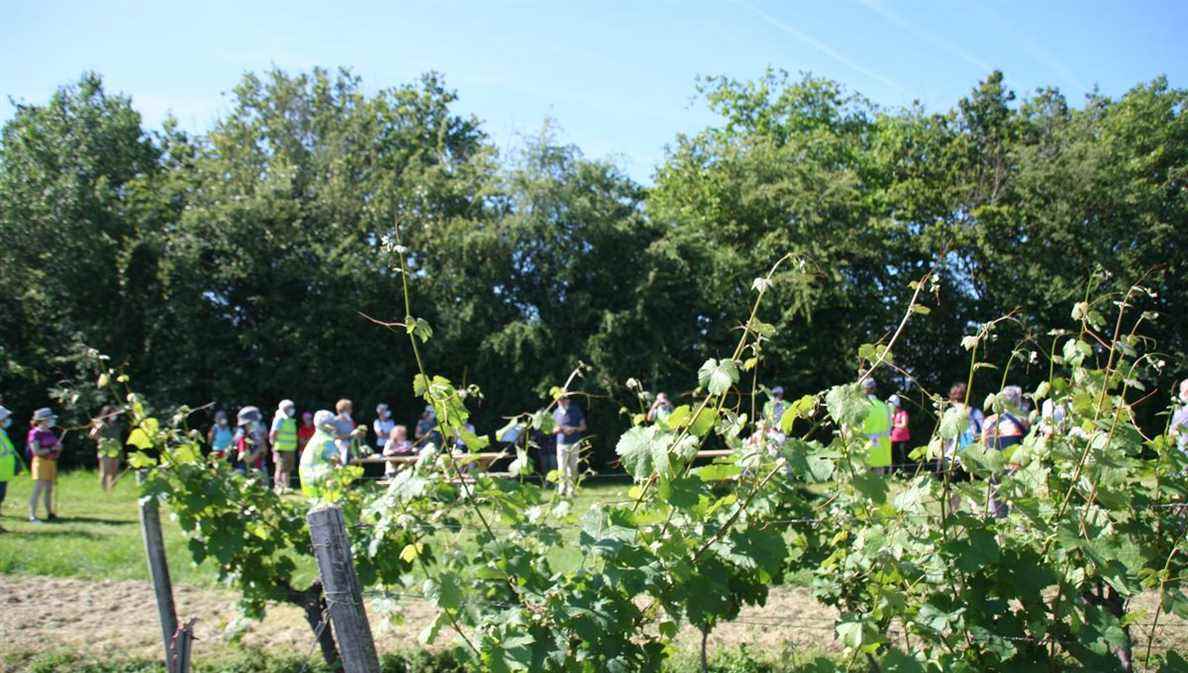From 1826, the paths were listed and classified into several categories based on commercial and even military communication importance criteria. Surveying creates the straight line and regulates the sinuosity to speed up rolling in depressions. The gravelling facilitates stability, in particular for the exploitation and transport of lime in order to improve the meadows and to connect the roads to the canalized Mayenne and to the railways. The roads are described as paths of common interest or ordinary vicinals, which can be read on cast iron plates sometimes still in place. The number of paths that we now call rural continues to increase to connect towns to hamlets, farms and meadows and fields. The Mayenne population was 370,000 inhabitants in 1848 and the rural labor force was still numerous until it emigrated to the cities and even Paris. To go to the church, the peasants go as short as possible by “paths of mass” crossing hedges thanks to stiles.
A law of 1881 declares public roads imprescriptible and generally inalienable, especially as they are useful to the rural economy. These are the ancestors of our hiking trails that will be abused from an order of January 7, 1959 to facilitate land consolidation. Their management is now dependent on municipal decisions, but even more on land operations for often brutal development projects in the 70s and 80s as well as urban sprawl and intensive farming methods.
Faced with the needs of nature and leisure, municipalities or their groups have been free to protect rural paths since 1983. Hikers, peaceful users who love freedom, have thus been able to save hundreds of kilometers of paths often included in the departmental map of hiking routes. walk and hike in Mayenne managed by the Departmental Council.
